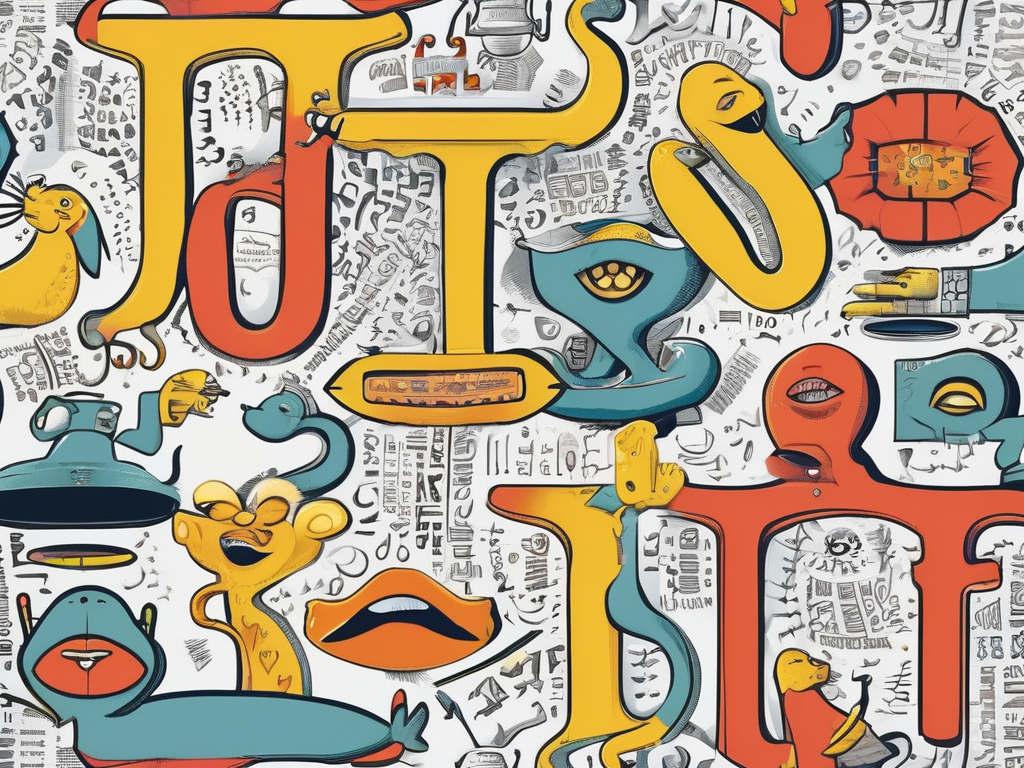
## A Language Model? More Like a Linguistic Python!
Right, let’s talk about this… *thing*. This 3.12 billion parameter linguistic beast they’re parading around like it’s reinventing sliced bread. A language model! As if we haven’t already got enough chattering algorithms vying for our attention, promising the moon and delivering slightly-off Shakespearean sonnets. Seriously, another one? My inbox is overflowing with “revolutionary AI” announcements; I practically need a dedicated spam filter just to weed out the digital hype.
And this one? It’s supposed to be… accessible? Open weights? Let’s unpack that for a second. Accessible usually means riddled with limitations and requiring an advanced degree in computer science just to get it to print “The cat sat on the mat” without hallucinating a Martian invasion. Open weights? Fantastic! Now anyone can contribute to its inevitable descent into generating recipes for sentient sourdough starters or composing political manifestos written entirely in emojis.
I mean, the marketing is *delicious*. It’s presented as some noble rescue – a pet bird (a perfectly reasonable question, you understand) escaping a python (representing, I assume, the monolithic closed-source models). The snake handler bravely intervenes! How heartwarming. Except, isn’t it just another clever way to distract us from the fact that we’re still dealing with complex systems we barely comprehend?
It’s all so… performative. Like watching someone meticulously build a sandcastle only for a rogue wave of complexity to inevitably wash it away. Don’t get me wrong, I appreciate ambition. But sometimes I just wish they’d stick to fixing the autocorrect on my phone. That would be genuinely revolutionary.